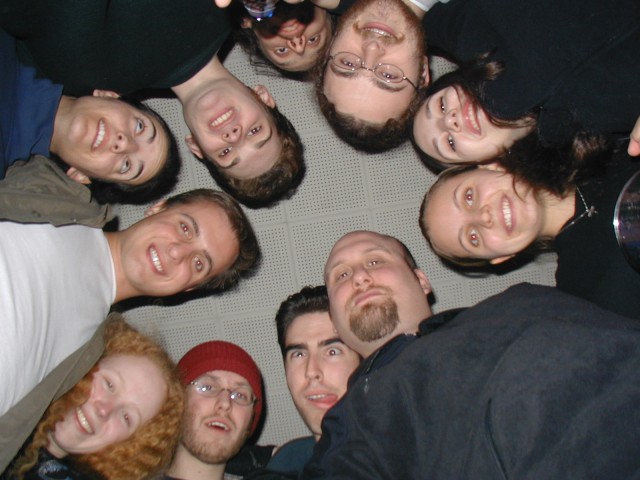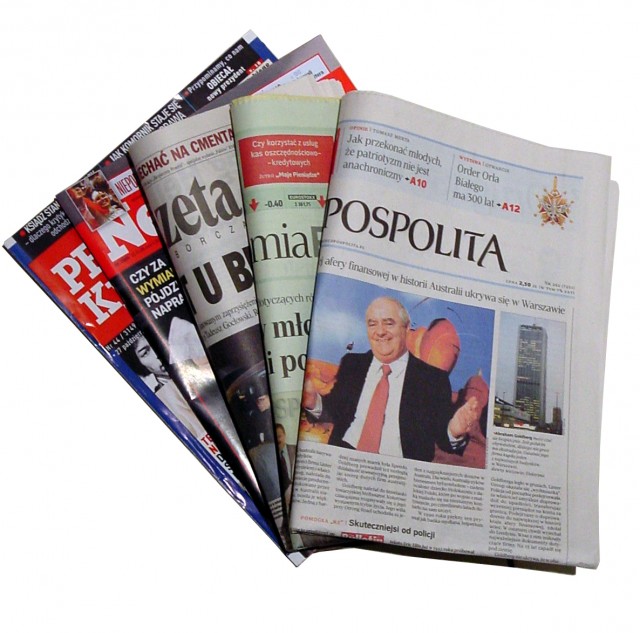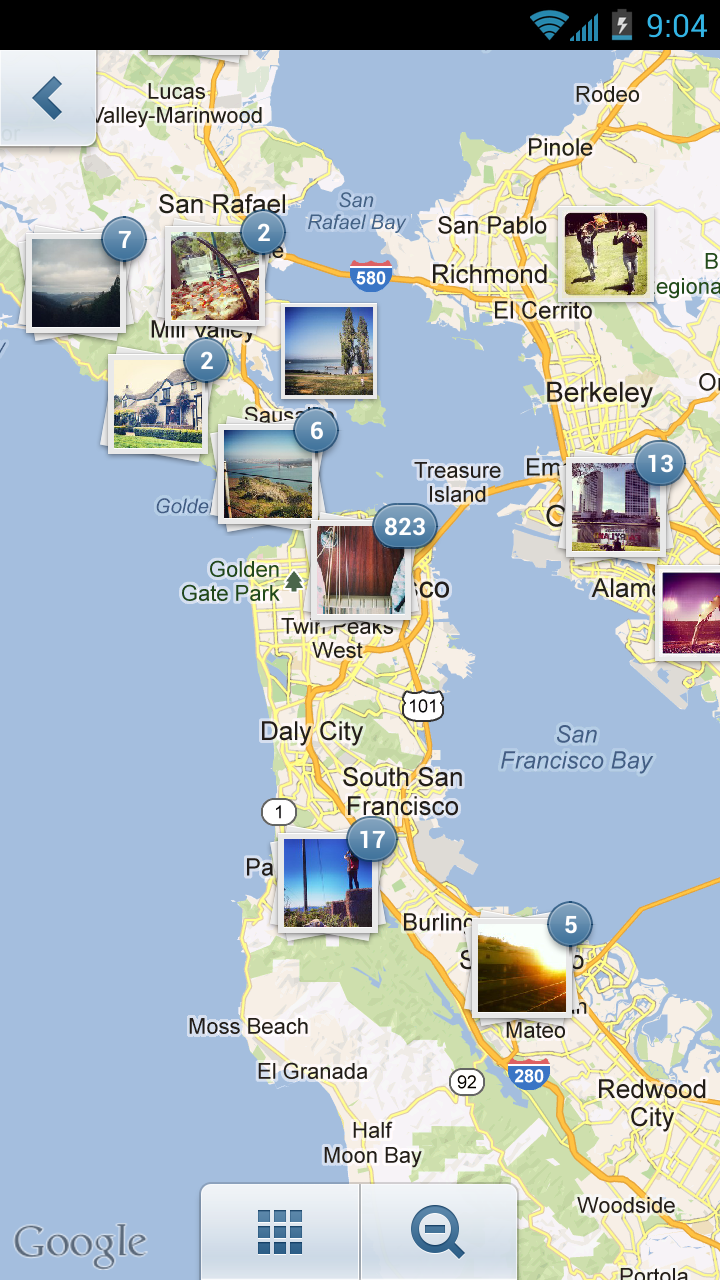A constant with social media companies is their fascination with celebrities. At the first opportunity they’ll trash their credibility and burn their credibility with users to curry favour with a b-list celebrity.
The most damaging example of this was Google making an exception of its ‘real names’ policy for celebrity Google+ accounts. In making an exception for pop stars, the company destroyed any argument it had for insisting users had to use their birth names in order to use their service.
In their quest to be relevant Twitter’s management has consistently made itself look like a simpering bunch of star struck groupies in pandering to celebrities. Which they’ve done one again with their Moments service as Josh Dickson point out.
Probably one of the worst examples though is the story of Andrés Iniesta and his Instagram account.
One morning last week Iniesta found his Instagram account had been suspended for breaching the ‘terms of use.’
Iniesta was baffled and couldn’t find how he’s breached the terms, three times he tried to reach out to Instagram and was ignored. In the meantime his Instagram account started posting pictures of his namesake, a Spanish soccer star.
Only after posting his story on Medium did Iniesta get a response – and an apology – from Instagram’s PR people.
It turned out the only breach Iniesta had committed was to be born with the same name as a FC Barcelona star.
Despite having not actually breached Instagram’s terms and conditions, Iniesta had his account taken with no notice and certainly no process.
For the thousands of ‘social media influencers’ and the brands trying to use these service as channels to connect to a fragmented audience Instagram’s actions are a reminder that all their efforts are built on sand – years of work can be wiped out at the whim of a faceless and unaccountable bureaucrat.
Ultimately it’s the social media services who lose the most from their high handed treatment of their users, as it becomes apparent to both advertisers and ordinary account holders that everything they post is impermanent then the trust in the service is gone.
The greatest hypocrites in today’s business world are the social media services – Twitter, Facebook and a host of others which want you to share your intimate details with them for their own commercial use.
As Andrés Iniesta found, the social media service’s commitment to openness and transparency vanishes the moment a user has a problem.
For celebrities, or those well-connected, no such problems exist. One instant message or phone call to their contact within Facebook, Twitter or Google and the problem is fixed.
Ultimately though that insider game and obsession with celebrity will undo the social media services. For the moment though, all their pretences of being identity services or journals of records should be taken with a lot of scepticism.
Similar posts:




